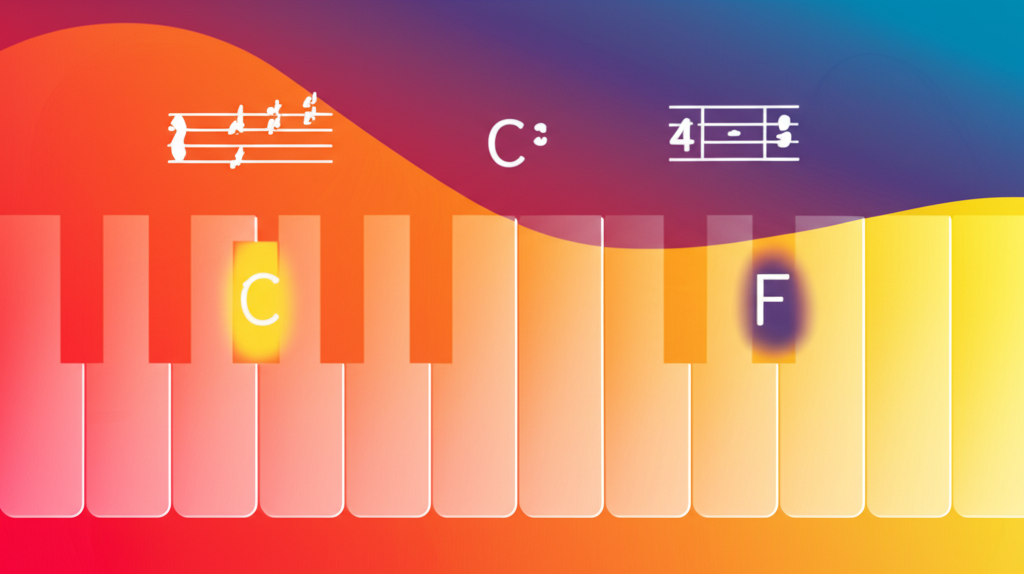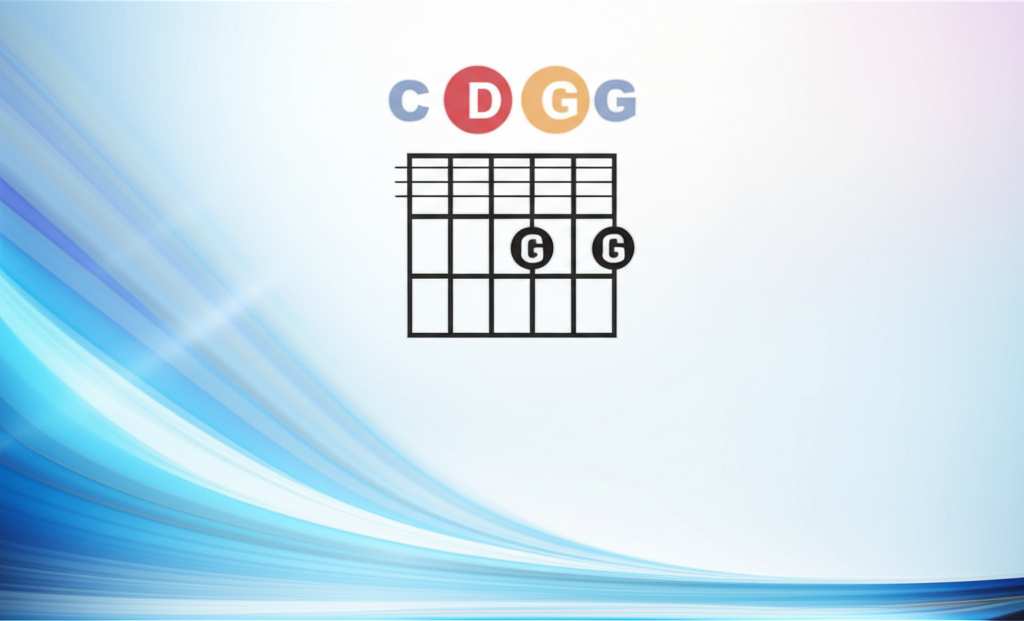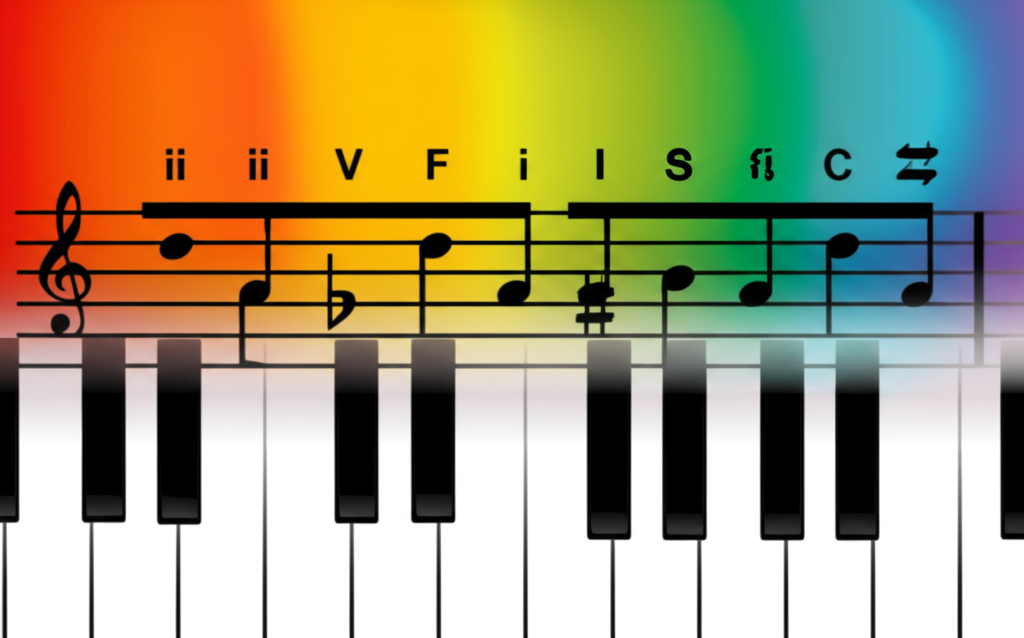
The iii-vi-ii-V Progression: Circle of Fifths in Motion

b4n1
June 14, 2025, 7:04 p.m.
The iii-vi-ii-V Progression: Circle of Fifths in Motion
Summary:
The iii-vi-ii-V progression represents one of the most elegant applications of circle of fifths movement in popular music. Each chord's root moves down a perfect fifth, creating incredibly smooth harmonic motion that feels both inevitable and satisfying.
Keywords:
iii-vi-ii-V progression, circle of fifths, smooth harmonic movement, jazz progression, voice leading, root movement, sophisticated harmony
Introduction:
The iii-vi-ii-V progression stands as one of the most sophisticated and musically satisfying chord sequences in popular music. Unlike simpler progressions, this sequence demonstrates the power of the circle of fifths in creating forward momentum through perfect harmonic logic. Each chord naturally leads to the next through descending fifth movement, creating a sense of inevitability that makes this progression both memorable and emotionally compelling.
Understanding the Basic Structure:
In the key of C major, the iii-vi-ii-V progression uses Em-Am-Dm-G. Each chord represents a specific scale degree and harmonic function that contributes to the progression's forward motion. The beauty lies in how each chord's root moves down a perfect fifth (or up a perfect fourth), following the natural acoustic relationships found in the harmonic series.
iii-vi-ii-V in C Major:
The fundamental progression showing the characteristic circle of fifths movement:
Notación musical:
Circle of Fifths Movement:
The progression's power comes from its root movement following the circle of fifths. Each root moves down a perfect fifth: E to A, A to D, D to G, and finally G resolves back to C (completing the circle). This movement is fundamental to Western harmony because it follows the natural overtone series and creates the strongest possible harmonic connections between chords.
Root Motion Analysis:
- E to A: Down a perfect fifth (or up a fourth)
- A to D: Down a perfect fifth (or up a fourth)
- D to G: Down a perfect fifth (or up a fourth)
- G to C: Down a perfect fifth (resolves to tonic)
Voice Leading Excellence:
The progression demonstrates exceptional voice leading principles. Common tones between adjacent chords create smooth connections, while stepwise motion in the remaining voices prevents awkward leaps. This smooth voice leading makes the progression easy to sing, play, and remember, contributing to its widespread use in popular music.
Voice Leading Connections:
Famous Examples:
Classic Songs Using iii-vi-ii-V:
- "Fly Me to the Moon" - Frank Sinatra
- "Heart and Soul" - Classic piano duet
- "Blue Moon" - Richard Rodgers
- "Sunday Girl" - Blondie
- "All of Me" - John Legend
Functional Harmony Analysis:
Each chord in the progression serves a specific harmonic function that contributes to the overall musical narrative. The iii chord acts as a tonic substitute with minor color, the vi provides emotional depth as the relative minor, the ii functions as a predominant that prepares the dominant, and the V creates tension that seeks resolution back to the tonic.
Chord Functions:
- iii (Em): Tonic substitute, provides minor color
- vi (Am): Relative minor, emotional depth
- ii (Dm): Predominant function, prepares the dominant
- V (G): Dominant function, creates tension for resolution
Extended Chord Variations:
The basic triadic progression can be enhanced with seventh chords, which create even smoother voice leading and add sophisticated harmonic color. Jazz musicians often use various extensions and alterations to create more complex and interesting harmonic textures while maintaining the essential character of the progression.
Seventh Chord Version:
Notación musical:
Rhythmic Applications:
The progression works beautifully with various rhythmic treatments. In ballads, each chord might receive a full measure or more, allowing the harmonic relationships to breathe and develop. In uptempo songs, the progression might move quickly, creating forward momentum while maintaining its harmonic sophistication.
Key Variations:
The progression works effectively in all major keys, though some keys are more popular due to instrumental considerations. Guitar-friendly keys like G major (Bm-Em-Am-D) and D major (F#m-Bm-Em-A) are common in popular music, while piano-friendly keys like C major and F major are popular in jazz and classical contexts.
Popular Key Centers:
- C major: Em-Am-Dm-G (beginner-friendly)
- G major: Bm-Em-Am-D (guitar-friendly)
- F major: Am-Dm-Gm-C (rich, full sound)
- D major: F#m-Bm-Em-A (bright, energetic)
Melodic Considerations:
The progression suggests natural melodic pathways that many successful songs have exploited. The smooth harmonic movement supports both stepwise melodic motion and chord-tone based melodies. The progression works particularly well with descending melodic lines that mirror the descending fifth movement in the bass.
Advanced Harmonic Concepts:
Advanced players often enhance the progression with secondary dominants, tritone substitutions, and other jazz harmony techniques. For example, transforming some of the minor chords into temporary dominants (E7-Am-D7-G) creates even stronger harmonic pull and more directed voice leading.
Instrumental Techniques:
Guitar Approaches:
- Fingerpicking patterns that highlight the harmonic progression
- Barre chord voicings for consistent sound across all chords
- Open voicings that spread chords across multiple octaves
- Bass movement emphasis to highlight the descending fifths
Songwriting Applications:
The progression excels in verse sections where its harmonic sophistication can develop without overwhelming the melody. It also works beautifully in bridge sections, providing contrast to simpler verse and chorus progressions while building tension that resolves effectively into the next song section.
Jazz Applications:
In jazz contexts, the progression often appears with various extensions and alterations. Jazz musicians might use Em7♭5-Am7-Dm7-G7alt, or include tritone substitutions like Em7-E♭7-Dm7-D♭7 to create more sophisticated harmonic movement and prepare for various target chords.
Practice Strategies:
Learning Approach:
- Master basic triads with clean chord changes
- Focus on bass movement to hear the descending fifths
- Add seventh chords for sophisticated voicings
- Practice in multiple keys to understand the universal pattern
- Work on voice leading for smooth connections
- Learn songs that use the progression in context
Common Variations and Extensions:
The basic progression can be extended in various ways: doubling the time per chord (iii-iii-vi-vi-ii-ii-V-V), adding resolution to tonic (iii-vi-ii-V-I), or using deceptive resolution (iii-vi-ii-V-vi). Modern adaptations might include add9 chords, suspended chords, or slash chords for specific bass movement.
Cultural Impact:
The iii-vi-ii-V progression has become a cornerstone of sophisticated popular music, appearing in everything from 1940s standards to contemporary pop ballads. Its combination of harmonic sophistication and melodic accessibility has made it a favorite among songwriters seeking to create music with both intellectual depth and emotional appeal.
Learning Benefits:
Studying this progression provides excellent insight into fundamental harmonic principles including circle of fifths movement, voice leading, and functional harmony. It serves as a gateway to understanding more complex harmonic concepts while providing practical skills for both performance and composition.
Fun Facts:
The iii-vi-ii-V progression is sometimes called the "Heart and Soul progression" after the famous piano duet. Interestingly, this progression demonstrates the mathematical beauty of music - the frequency ratios between the chord roots follow perfect mathematical relationships that our ears perceive as naturally satisfying harmonic movement.
Conclusions:
The iii-vi-ii-V progression represents harmonic sophistication at its most accessible. Its perfect balance of complexity and simplicity, combined with its foundation in acoustic principles, has made it one of the most enduring and widely used progressions in Western music. Understanding this progression opens doors to advanced harmonic thinking while providing a practical tool for creating memorable and emotionally compelling music. Whether used in jazz standards, pop ballads, or classical compositions, this progression continues to demonstrate the timeless appeal of well-crafted harmonic movement.
References:
Kostka, Stefan & Payne, Dorothy. (2012). Tonal Harmony. McGraw-Hill.
Levine, Mark. (1995). The Jazz Theory Book. Sher Music Co.
Forte, Allen. (1979). Tonal Harmony in Concept and Practice. Holt, Rinehart and Winston.
Bennett, Dan. (2008). The Total Rock Bassist. Alfred Music.












